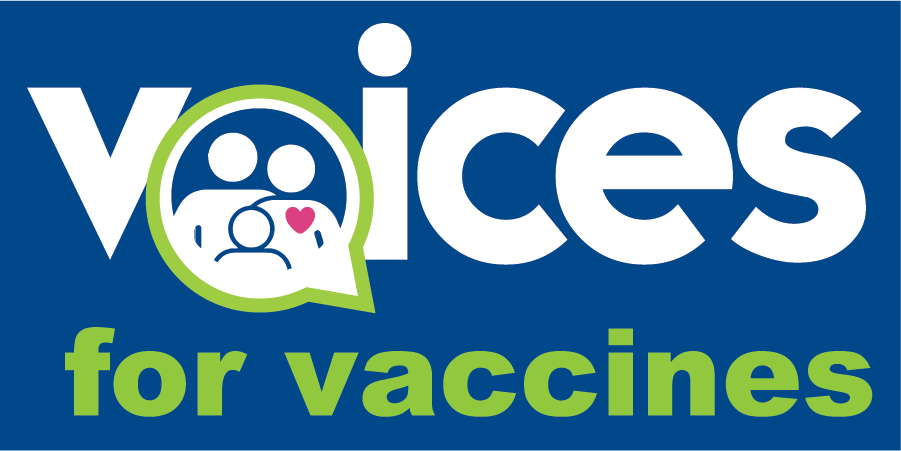The Claim:
In a series of videos and an article featuring HHS researcher David Geier and ACIP members Martin Kulldorf, Retsef Levi, and Robert Malone, the men claim even tiny amounts of mercury in vaccines add up to unsafe levels, so yearly flu shots and today’s big vaccine schedule may do more harm than good and should be rolled back.
The Facts:
We know a lot about thimerosal. Thimerosal, a mercury compound used in some flu vaccines today, has caused concern due to its name being confused with a harmful type of mercury. Thimerosal contains ethylmercury, which is safe and quickly leaves the body. It’s different from harmful methylmercury found in some fish. Thimerosal has been used safely in vaccines, drugs, and contact solutions since the 1930s. Nowadays, most vaccines use single-use vials, and thimerosal-free vaccines are available for those still concerned.
Studies on babies, including those preterm and low-weight babies, show that ethylmercury leaves the body quickly. About half of it is gone in three to seven days, and the rest is flushed out in the baby’s stool. Within a month after getting a vaccine, mercury levels in the blood return to normal, so it does not accumulate over time.
Studies also show that thimerosal does not increase the risk of autism. In addition, thimerosal has not even been used in childhood vaccines since 2001. Autism diagnoses continued to rise following the 2001 removal of thimerosal from all childhood vaccines. The continued rise of autism diagnoses is, in fact, mostly due to growing awareness and changing diagnostic criteria.
As to the childhood vaccine schedule, we are grateful that we can prevent more diseases now than before.
If you take a fair look, it’s obvious that the vaccination schedule has grown very, very slowly. One vaccine was dropped from the schedule in the 1970s, two were added in the 1980s, two were added in the 1990s, one was added in the 2000s, and two were added in the 2010s. And, of course, the 2020s brought us COVID and RSV vaccines. Over the decades, age recommendations have changed, and some vaccines have been replaced with newer counterparts.
Overall, the vaccine schedule has expanded by 1-2 vaccines per decade since the 1980s. This slow, methodical, scientific advance of immunization recommendations stands in stark contrast to concerns that vaccines are constantly being capriciously added to the schedule.
The vaccination schedule saves lives. Because of the routine vaccines given to kids born between 1994 and 2023, researchers estimate that about 508 million cases of disease were prevented, 32 million hospital stays were avoided, and roughly 1.1 million children’s lives were saved. All this prevention also saved a lot of money: around $540 billion in medical bills and, when you add in other costs like parents missing work, about $2.7 trillion for society overall.
Disclaimer: Science is always evolving and our understanding of these topics may have evolved too since this was originally posted. Be sure to check out our most recent posts and browse the latest Just the Facts Topics for the latest.

Just the Facts Newsletter:
Correcting this week's disinformation
Sign up to get a weekly look at the latest vaccination facts as we debunk the latest false vaccination claims making the rounds on the internet.
